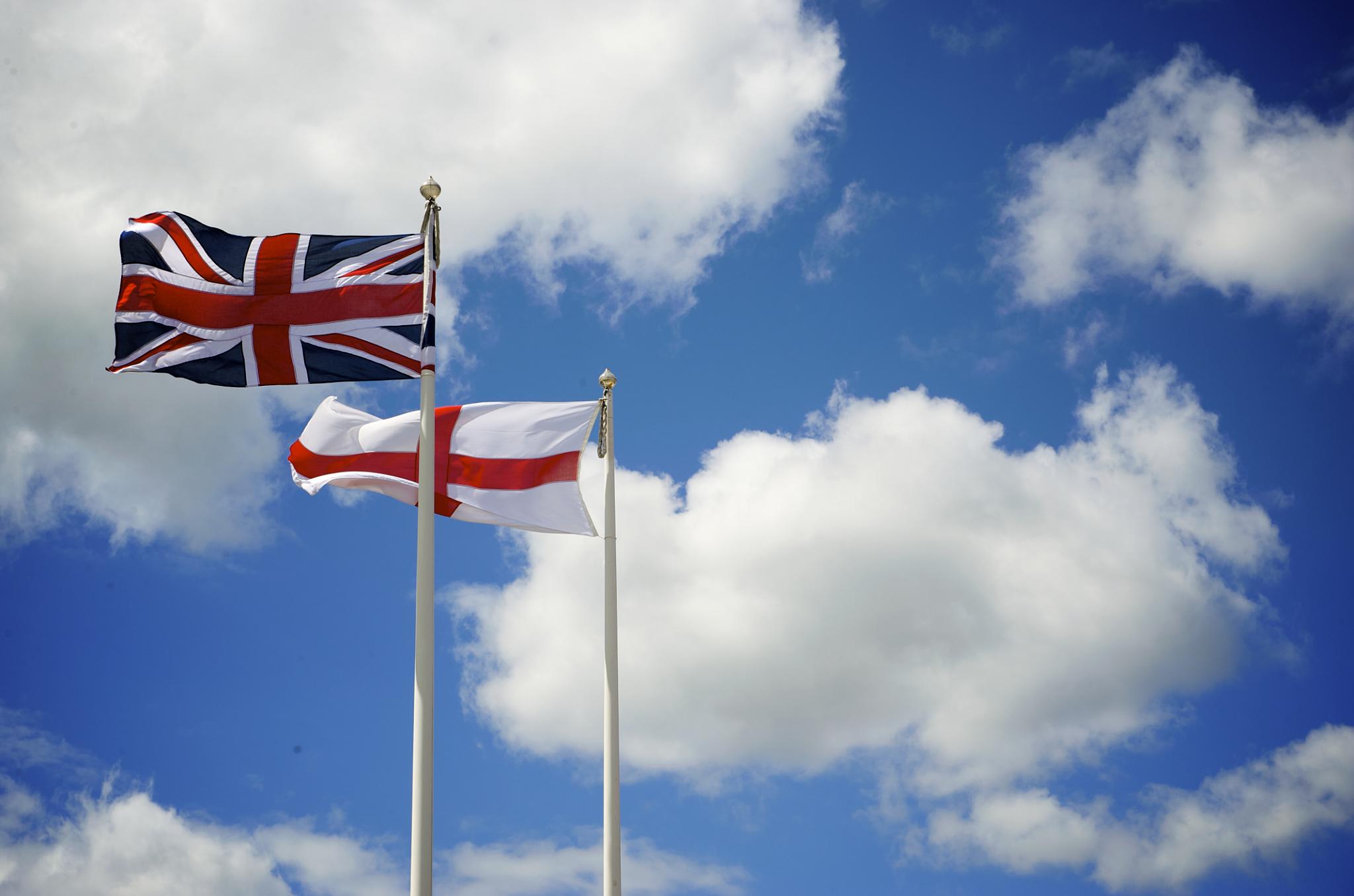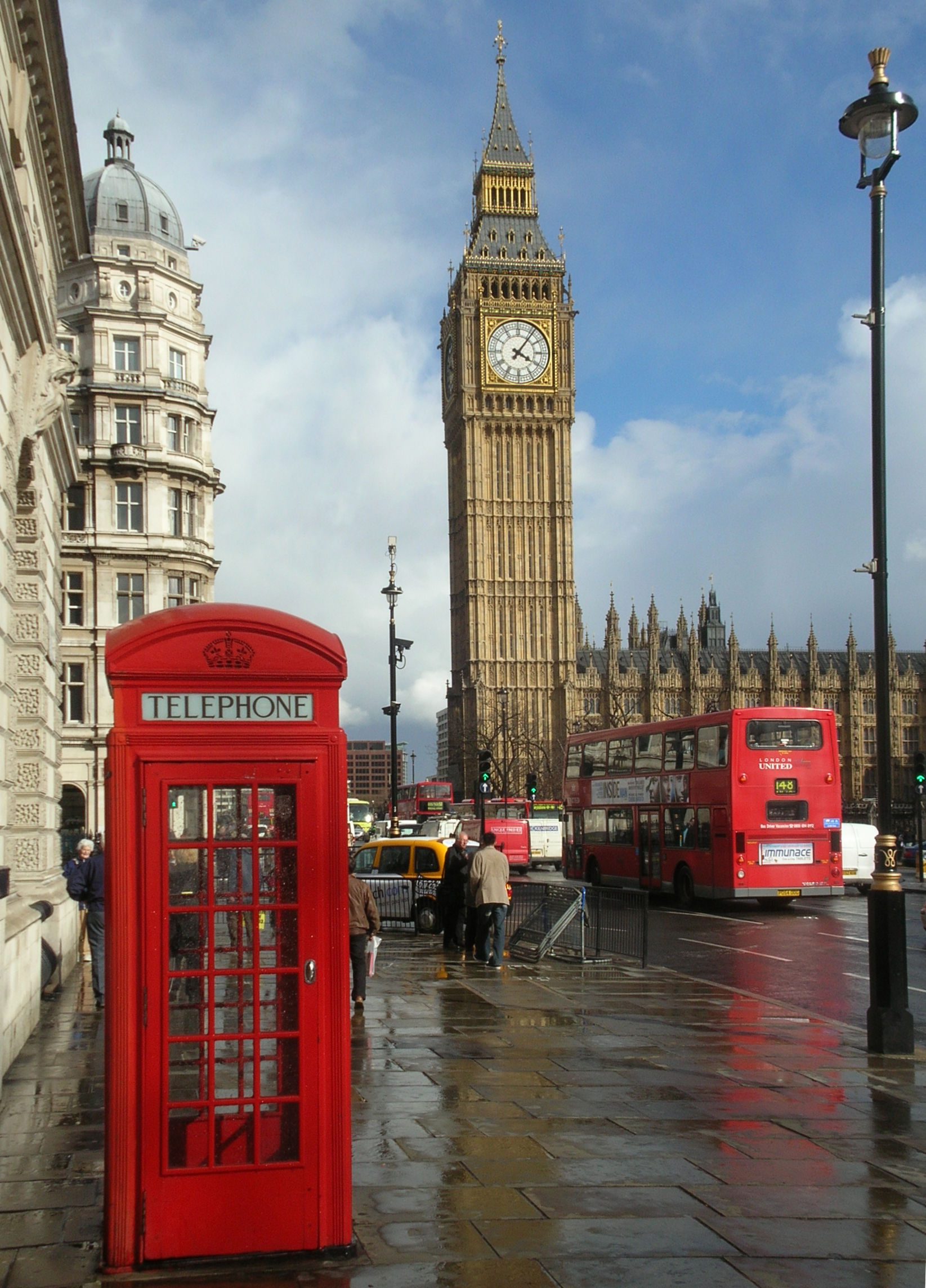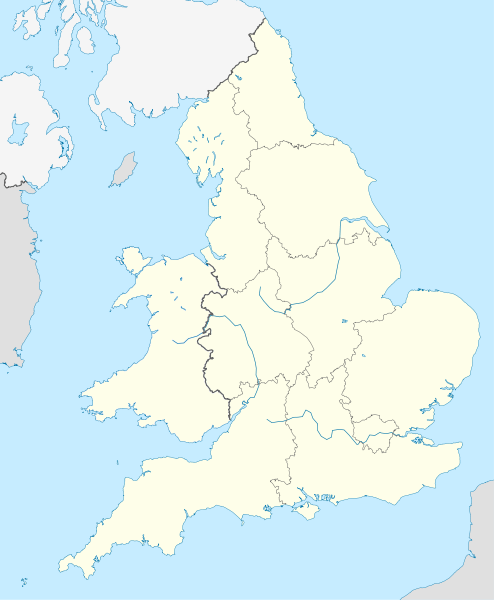|
Da! Collective
The DA! collective is an art collective that squats in London, England, co-founded by Simon and Bogna McAndrew, Stephanie Smith, Samuel Conrad, Julika Vaci, Aishlinn Dowling, Sam Padfield and Murat Bulut Aysan. After squatting in three buildings, they received national attention when they squatted a townhouse in Mayfair, Westminster, Greater London in October 2008. The property, at 18 Upper Grosvenor Street, is a 30-room grade II-listed 1730s mansion worth an estimated £6.25 million owned by the billionaire Duke of Westminster, Britain's wealthiest private landlord. Formation and First Three Spaces Simon McAndrew (b. 1979), a hairdresser, co-founded DA! after squatting at Chez Robert in Paris. In 2005, he and partner Bogna McAndrew formed "a London equivalent of Chez Robert" in a six-story home on Kensington High Street. The collective has been self described as "a mix of visual, performance and conceptual artists, writers, musicians, thinkers, art students, students of ot ... [...More Info...] [...Related Items...] OR: [Wikipedia] [Google] [Baidu] |
Art Collective
An artist collective is an initiative that is the result of a group of artists working together, usually under their own management, towards shared aims. The aims of an artist collective can include almost anything that is relevant to the needs of the artist; this can range from purchasing bulk materials, sharing equipment, space or materials, to following shared ideologies, aesthetic and political views or even living and working together as an extended family. Sharing of ownership, risk, benefits, and status is implied, as opposed to other, more common business structures with an explicit hierarchy of ownership such as an association or a company. Overview Artist collectives have occurred throughout history, often gathered around central resources, for instance the ancient sculpture workshops at the marble quarries on Milos in Greece and Carrara in Italy. During the French Revolution the Louvre in Paris was occupied as an artist collective. More traditional artist collectiv ... [...More Info...] [...Related Items...] OR: [Wikipedia] [Google] [Baidu] |
Union Jack
The Union Jack, or Union Flag, is the ''de facto'' national flag of the United Kingdom. Although no law has been passed making the Union Flag the official national flag of the United Kingdom, it has effectively become such through precedent. It is sometimes asserted that the term ''Union Jack'' properly refers only to naval usage, but this assertion was dismissed by the Flag Institute in 2013 following historical investigations. The flag has official status in Canada, by parliamentary resolution, where it is known as the Royal Union Flag. It is the national flag of all British overseas territories, being localities within the British state, or realm, although local flags have also been authorised for most, usually comprising the blue or red ensign with the Union Flag in the Flag terminology#Flag elements, canton and Defacement (flag), defaced with the distinguishing arms of the territory. These may be flown in place of, or along with (but taking precedence after) the national f ... [...More Info...] [...Related Items...] OR: [Wikipedia] [Google] [Baidu] |
People From Mayfair
A person ( : people) is a being that has certain capacities or attributes such as reason, morality, consciousness or self-consciousness, and being a part of a culturally established form of social relations such as kinship, ownership of property, or legal responsibility. The defining features of personhood and, consequently, what makes a person count as a person, differ widely among cultures and contexts. In addition to the question of personhood, of what makes a being count as a person to begin with, there are further questions about personal identity and self: both about what makes any particular person that particular person instead of another, and about what makes a person at one time the same person as they were or will be at another time despite any intervening changes. The plural form "people" is often used to refer to an entire nation or ethnic group (as in "a people"), and this was the original meaning of the word; it subsequently acquired its use as a plural form of p ... [...More Info...] [...Related Items...] OR: [Wikipedia] [Google] [Baidu] |
British Artist Groups And Collectives
British may refer to: Peoples, culture, and language * British people, nationals or natives of the United Kingdom, British Overseas Territories, and Crown Dependencies. ** Britishness, the British identity and common culture * British English, the English language as spoken and written in the United Kingdom or, more broadly, throughout the British Isles * Celtic Britons, an ancient ethno-linguistic group * Brittonic languages, a branch of the Insular Celtic language family (formerly called British) ** Common Brittonic, an ancient language Other uses *''Brit(ish)'', a 2018 memoir by Afua Hirsch *People or things associated with: ** Great Britain, an island ** United Kingdom, a sovereign state ** Kingdom of Great Britain (1707–1800) ** United Kingdom of Great Britain and Ireland (1801–1922) See also * Terminology of the British Isles * Alternative names for the British * English (other) * Britannic (other) * British Isles * Brit (other) * Bri ... [...More Info...] [...Related Items...] OR: [Wikipedia] [Google] [Baidu] |
Culture In London
The culture of London concerns the music, museums, festivals and lifestyle within London, the capital city of the United Kingdom. London has frequently been described as a global cultural capital and is one of the world's leading business centres, renowned for its technological readiness and economic clout, as well as attracting the most foreign investment of any global city. As such, London has often been ranked as the world's capital city. The city is particularly renowned for its theatre quarter, and its West End theatre district has given the name to "West End theatre", the strand of mainstream professional theatre staged in the large theatres in London. London is also home to notable cultural attractions such as the British Museum, the Tate Galleries, the National Gallery, the Notting Hill Carnival and The O2. Through music, comedy and theatre, London has a lively nightlife with approximately 25.6 events per thousand people, 44.1% of those events being theatre based. A ... [...More Info...] [...Related Items...] OR: [Wikipedia] [Google] [Baidu] |
Squatting In England
In England and Wales, squatting—taking possession of land or an empty house the squatter does not own—occurs for a variety of reasons which include needing a home, protest, poverty, and recreation. Many squats are residential; some are also opened as social centres. Land may be occupied by New Age travellers or treesitters. There have been waves of squatting through British history. Squatting was "a big issue in the Peasants' Revolt of 1381 and again for the Diggers in the 17th Century howere peasants who cultivated waste and common land, claiming it as their rightful due" and that squatting was a necessity after the Second World War when so many were homeless.''Squatters: Who are they and why do they squat?'' , BBC A more recent wave began in the late 1960s in the midst of a housing cris ... [...More Info...] [...Related Items...] OR: [Wikipedia] [Google] [Baidu] |
Artivist
Artivism is a portmanteau word combining ''art'' and ''activism'', and is sometimes also referred to as ''Social Artivism''. The term artivism in US English takes roots, or branches, off of a 1997 gathering between Chicano artists from East Los Angeles and the Zapatistas in Chiapas, Mexico. The words "Artivist" and "Artivism" were popularized through a variety of events, actions and artworks via artists and musicians such as Quetzal, Ozomatli, and Mujeres de Maiz, among other East Los Angeles artists, and at spaces such as Self Help Graphics & Art. Artivism further developed as antiwar and anti-globalization protests emerged and proliferated. In many cases artivists attempt to push political agendas by the means of art, but a focus on raising social, environmental, and technical awareness is also common. Besides using traditional mediums like film and music to raise awareness or push for change, an artivist can also be involved in culture jamming, subvertising, street art, spoken ... [...More Info...] [...Related Items...] OR: [Wikipedia] [Google] [Baidu] |
Legal Aid, Sentencing And Punishment Of Offenders Act 2012
The Legal Aid, Sentencing and Punishment of Offenders Act 2012 (LASPO) is a statute of the Parliament of the United Kingdom enacted by the coalition government of 2010-2015, creating reforms to the justice system. The bill for the act was introduced in the House of Commons on 21 June 2011, and received Royal Assent on 1 May 2012. Measures Among other measures, the Act: * Gives courts greater discretion to issue conditional discharges for young persons pleading guilty to a first offence *The objectives of the Act included making significant savings in the cost of the scheme, discouraging unnecessary and adversarial litigation at public expense, and targeting legal aid to those who need it the most. * Creates a "single remand framework" for the use of secure remand for children and young people; transfers the cost of remand arrangements to local authorities; creates new conditions that must be met before a child or young person is remanded into custody * Expands Youth Rehab ... [...More Info...] [...Related Items...] OR: [Wikipedia] [Google] [Baidu] |
Book-binding
Bookbinding is the process of physically assembling a book of codex format from an ordered stack of ''signatures'', sheets of paper folded together into sections that are bound, along one edge, with a thick needle and strong thread. Cheaper, but less permanent, methods for binding books include loose-leaf rings, individual screw-posts (binding posts), twin loop spine coils, plastic spiral coils, and plastic spine combs. For protection, the bound stack of signatures is wrapped in a flexible cover or is attached to stiffened boards. Finally, an attractive cover is placed onto the boards, which includes the publisher's information, and artistic decorations. The trade of binding books is in two parts; (i) stationery binding (vellum binding) for books intended for handwritten entries, such as accounting ledgers, business journals, blank-page books, and guest logbooks, and notebooks, manifold books, day books, diaries, and portfolios. (ii) letterpress printing and binding deals with ... [...More Info...] [...Related Items...] OR: [Wikipedia] [Google] [Baidu] |
Deschooling
Deschooling is a term invented by Austrian philosopher Ivan Illich. Today, the word is mainly used by homeschoolers, especially unschoolers, to refer to the transition process that children and parents go through when they leave the school system in order to start homeschooling. It is a crucial process that is the basis for homeschooling to work, in which children should slowly break out of their school routine and mentality, develop the ability to learn via self-determination again, and find interests to decide what they want to learn in their first homeschool days. Depending on the type of person and time the child spent in the school system, this phase can last different lengths of time and may have different effects on the behavior of children. Especially in the first days of deschooling, it is often the case that children mainly want to recover from the school surroundings and therefore will generally sleep very long and refuse any kind of intentional learning and instead sear ... [...More Info...] [...Related Items...] OR: [Wikipedia] [Google] [Baidu] |
Anarchist Symbolism
Anarchists have employed certain symbols for their cause, including most prominently the circle-A and the black flag. Anarchist cultural symbols have been prevalent in popular culture since around the turn of the 21st century, concurrent with the anti-globalization movement. The punk subculture has also had a close association with anarchist symbolism. Flags Red flag The red flag was one of first anarchist symbols and it was widely used in late 19th century by anarchists worldwide. Peter Kropotkin wrote that he preferred the use of the red flag. Use of the red flag by anarchists largely disappeared after the October Revolution, when red flags started to be associated only with Bolshevism and communist parties and authoritarian, bureaucratic and reformist social democracy, or authoritarian socialism. Black flag The black flag has been associated with anarchism since the 1880s, when several anarchist organizations and journals adopted the name ''Black Flag''. H ... [...More Info...] [...Related Items...] OR: [Wikipedia] [Google] [Baidu] |

_1938.jpg)



